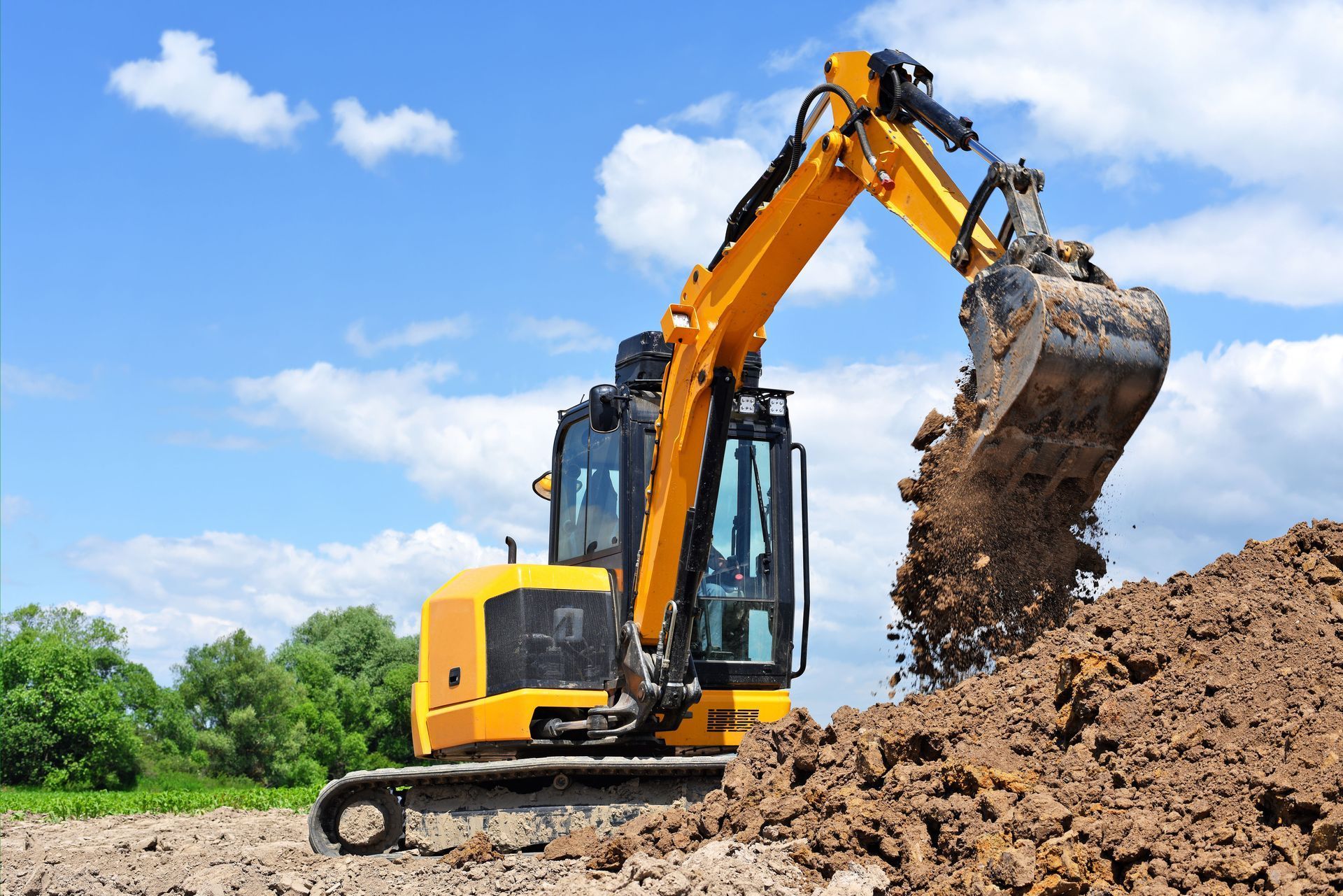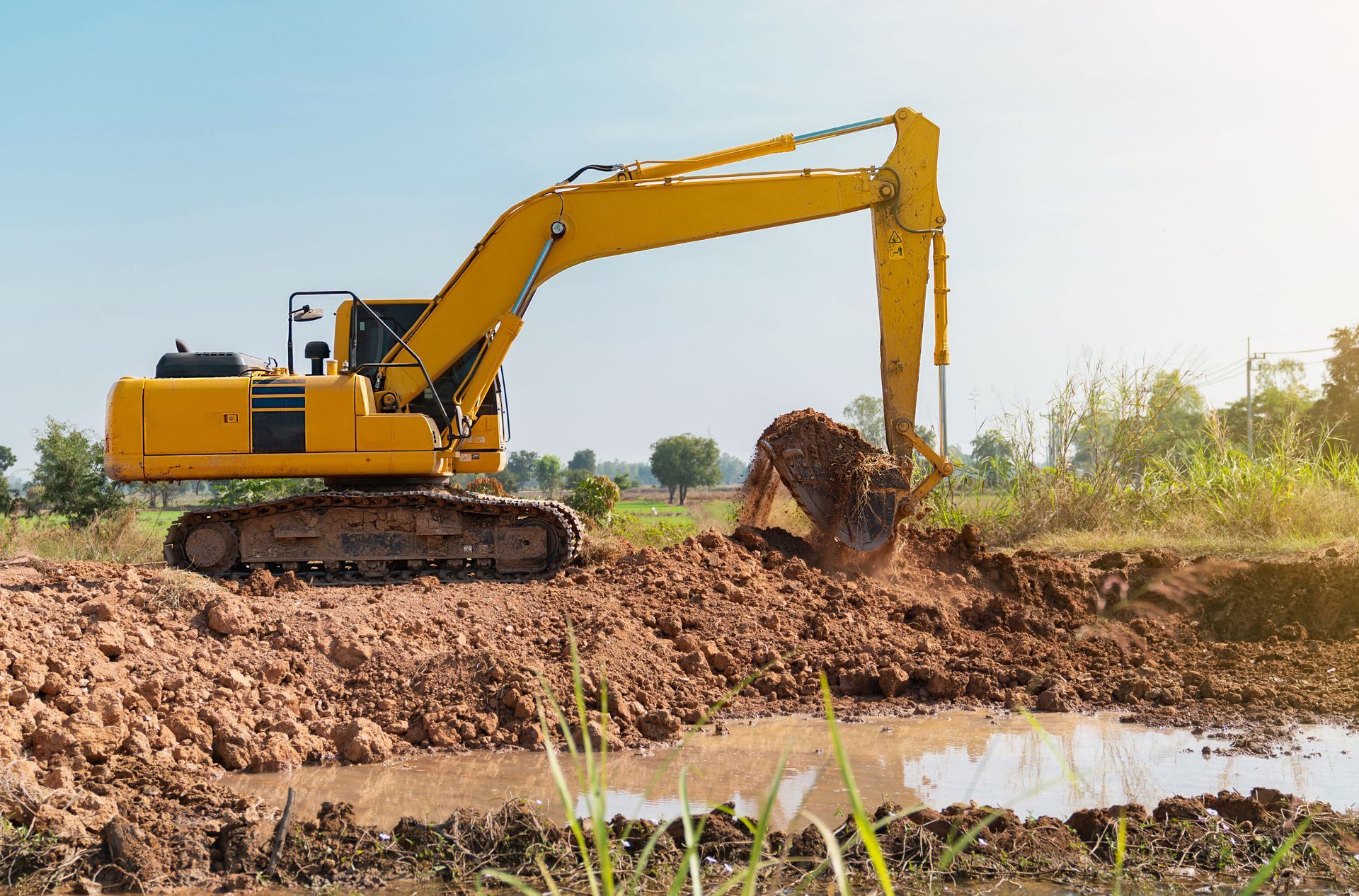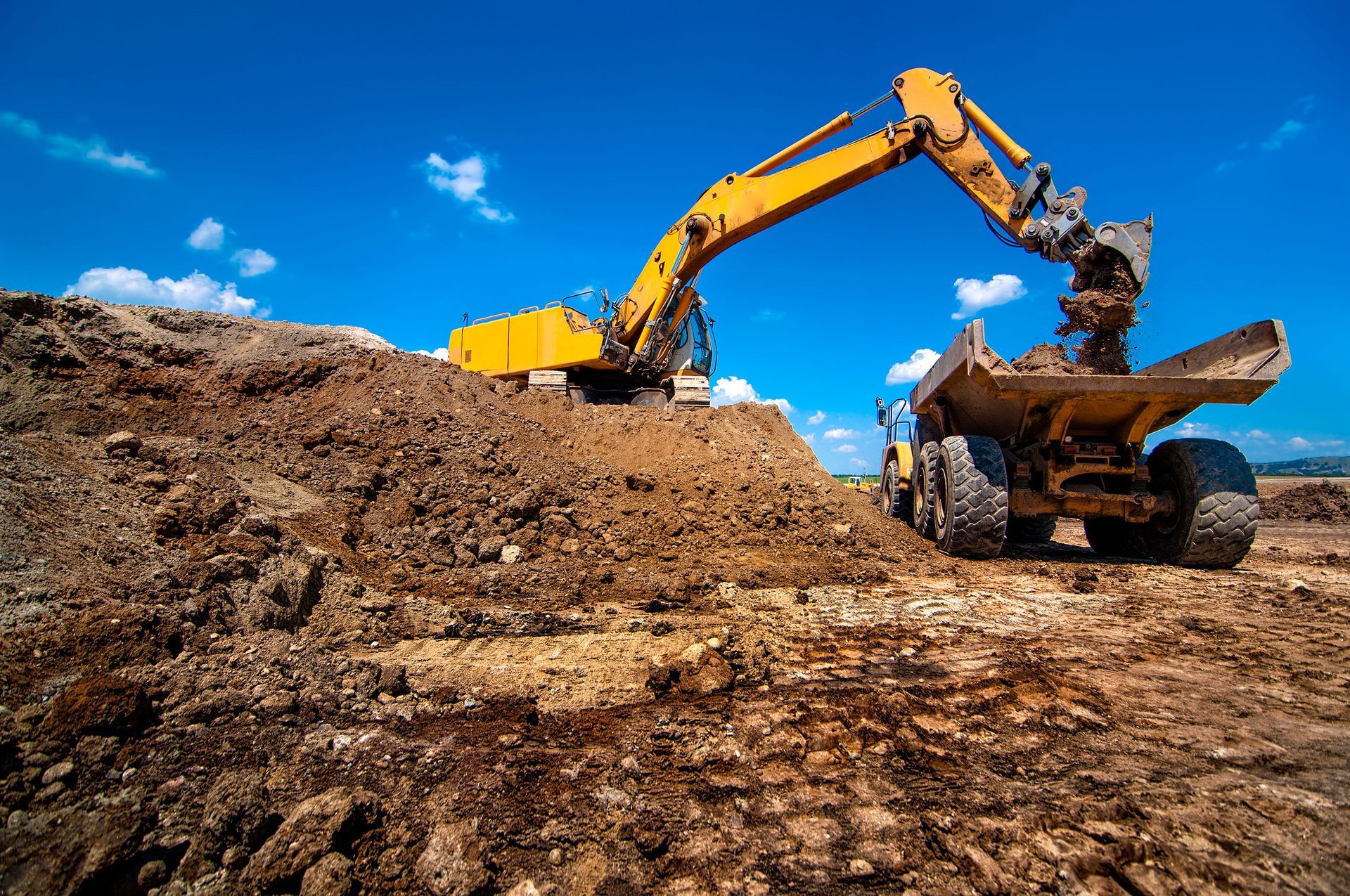October 31, 2025
Site grading is a pivotal process in the construction industry, often setting the foundation for successful project completion. It involves the careful leveling and preparation of land to ensure optimal outcomes in drainage, structural stability, and aesthetic appeal. Not only does grading address immediate construction needs, but it also factors in long-term environmental and structural considerations, thus solidifying its role as a critical step in the building process.
According to Autodesk, between 2020 and 2025, almost five million new housing units have been constructed. Proper planning and execution of grading can fundamentally transform construction outcomes by reducing risk and enhancing the lifespan of built environments. Let’s delve into the six principal reasons that emphasize its importance.
1. Managing Water Flow on Construction Sites
Understanding Water Flow Patterns
Grasping the nuances of water flow on a construction site is integral to mastering grading. Water has a natural path, and by analyzing these flows, professionals can design effective grading plans. Site grading facilitates the creation of slopes and elevations that direct water away from structures, preventing waterlogging and damage. Poorly managed water flow can lead to costly repairs and compromise the structural integrity of a building. Understanding water flow dynamics ensures both immediate functionality and long-term durability.
Mitigating Flood Risks Effectively
Flood risks are a significant concern in construction, particularly in areas prone to heavy rainfall. Effective grading can mitigate such risks by ensuring water is directed properly across the site. By creating strategic slopes and elevation changes, flood-prone areas are safeguarded, reducing the likelihood of water accumulation. This planning protects both the construction site during the build phase and the infrastructure post-construction. Mitigating flood risks through grading is a preventative measure that safeguards investments and maintains property values.
Preventing Soil Erosion and Instability
Soil erosion presents a major challenge in construction, often leading to unstable foundations and environmental degradation. Site grading stabilizes soil through the creation of appropriately graded surfaces, controlling runoff and minimizing erosion risks. This ensures the integrity of the construction site, supporting the longevity and safety of a structure. Implementing comprehensive grading plans provides robust erosion control and promotes sustainable development by preserving the natural landscape and preventing ecosystem degradation.
Planning Long-Term Water Management
Long-term water management is a vital consideration in grading that extends beyond immediate construction needs. Proper grading ensures that water runoff and drainage are managed sustainably over time, preventing stagnation and associated issues. Thoughtful grading and drainage solutions contribute to durable and safe infrastructure, reduce flooding, improve water quality, and enhance ecosystem health. Communities benefit when grading incorporates these sustainable strategies.
Designing Efficient Drainage Systems
Site grading is closely tied to the design and implementation of efficient drainage systems. These systems manage both natural precipitation and runoff from human activities, safeguarding structural and environmental integrity. Proper grading ensures these systems function optimally, channeling excess water safely and effectively. This reduces maintenance costs, protects foundations, and prolongs the lifespan of the built environment.
2. Ensuring Structural Integrity Through Proper Grading
Establishing Stable Foundation Conditions
One of the key aspects of grading is its impact on foundation stability. Proper grading provides a stable and level base for building foundations, which is essential to maintain structural integrity. A sound foundation prevents uneven settlement, cracking, and other structural issues that can compromise safety and usability. Grading reduces the risk of foundational failures by securing firm ground and evenly distributing the weight of the structure. This stability is especially important as construction projects increase in complexity.
Supporting Building Longevity
Site grading significantly influences the longevity of a building by protecting it from water, erosion, and settling. Proper water drainage and foundational stability help maintain the condition of a building over time. Preventing water infiltration reduces the risk of concrete degradation and other structural issues. Buildings require less maintenance and fewer repairs when constructed on well-graded sites, making grading a proactive step in supporting long-term structural functionality.
Minimizing Settlement and Structural Stress
Settlement is a natural occurrence in construction, but excessive settlement can lead to major structural problems. Site grading manages soil conditions to minimize settlement, distributing loads more evenly across the foundation. This prevents future issues such as cracking, tilting, and other structural deformations. Minimizing settlement through grading maintains a stable and safe building environment for both commercial and residential projects.
3. Enhancing Site Accessibility and Safety
Smoothing Uneven Terrain
Enhancing site accessibility begins with improving terrain conditions, achieved through grading. Uneven terrain can pose challenges for both construction workers and equipment, leading to inefficiencies and increased risks. Site grading smooths these irregularities, creating a more navigable landscape that optimizes construction logistics. Level ground reduces risks and increases safety, enhancing productivity and operational efficiency. Well-graded sites make construction projects more manageable and safer for the workforce involved.
Planning Roadways and Walkways Strategically
Grading plays a crucial role in planning roadways and walkways within construction sites. Proper grading outlines optimal pathways for pedestrian and vehicular travel, ensuring smooth transitions between different areas. Structured grading enhances the usability of the space while promoting safe and organized movement. These paths address both immediate and future accessibility needs, contributing to overall project efficiency.
In addition to improving accessibility, strategically planned roadways and walkways can reduce long-term maintenance needs. By anticipating traffic patterns and potential wear points, grading ensures that surfaces remain stable and durable over time. Properly graded pathways also help manage drainage along these routes, preventing water accumulation and erosion that could otherwise damage the infrastructure. This foresight supports safer, more efficient movement throughout the construction site, ultimately enhancing both productivity and project longevity.
Facilitating Construction Equipment Movement
Efficient movement of construction equipment is pivotal in meeting project timelines and budget requirements. Grading creates pathways and leveled areas that support the weight and operation of heavy machinery. Well-graded sites prevent equipment from becoming stuck or incurring damage due to uneven ground. This prepared environment reduces delays, unplanned repairs, and potential downtimes, ensuring smooth project execution.
Beyond supporting immediate equipment needs, well-graded sites improve overall operational efficiency by allowing multiple machines to work simultaneously without interference. This level of coordination reduces bottlenecks and optimizes crew deployment, which is particularly important on large-scale construction projects. Additionally, properly prepared surfaces minimize the risk of accidents and equipment malfunctions, creating a safer work environment for operators and staff. By facilitating smoother equipment movement, grading contributes to on-time project completion and more predictable budget management.
4. Optimizing Construction Budget and Timeline
Reducing the Need for Rework
Reworks in construction increase costs and extend timelines, both of which can be mitigated through effective grading. A well-prepared site facilitates the first-pass success of construction tasks, reducing errors and the need for revisions. Grading addresses foundational prerequisites, ensuring further construction phases proceed smoothly. By minimizing rework, project timelines are maintained and budgets optimized, contributing to overall efficiency and cost-effectiveness.
Preventing Delay-Related Costs
Delays in construction lead to increased costs, highlighting the importance of grading in maintaining schedules. Grading ensures the site is prepared adequately and on time for subsequent construction activities, reducing the risk of interruptions. Proper preparation addresses drainage, access roads, and stability, preventing unforeseen delays. When grading supports smooth transitions between construction phases, projects remain on track, avoiding costly setbacks and contributing to overall project success.
Effective site grading is a critical step in any construction project, helping manage water flow, control erosion, and create stable foundations for lasting results. It also supports efficient equipment movement and precise utility installation, ensuring sites are prepared for long-term use. To see how expert grading can make a difference for your project, learn more with Flat Creek Excavating LLC, serving Southwest Missouri and Northwest Arkansas.






